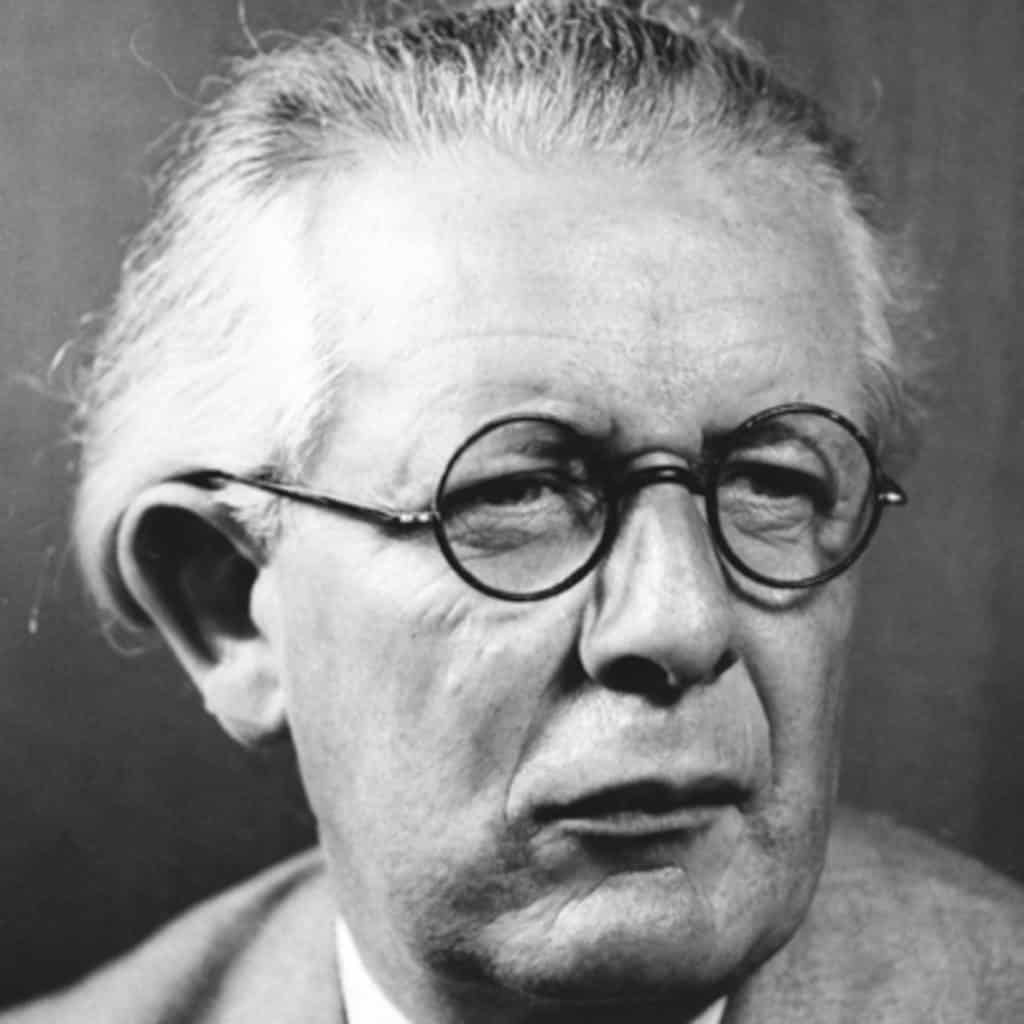Generally, learning is defined as any relatively permanent change in knowledge, behavior and thinking skills, which comes through experience. Over the years psychology has played an important role in how learning and education take place, be it formulating the curriculum, instructional design, or policies related to education. Hence it is paramount to understand the learning process.
There have been many theories that have aimed to explain how learning takes place in individuals, each with its own advantages and downfalls. Here we discuss the cognitive approach to learning.
The Cognitive Approach to learning came after the behavioural approach. It stemmed from the failure of behaviourism, which couldn’t answer the question of how and why information is made sense of and processed by individuals. Behaviourism focused too much on the stimuli and responses, without giving much thought to the intervening variables and factors such as prior knowledge and mental processes.
One of the key aspects of the cognitive approach is the information processing model. It likens the mental processes of our brain to that of a computer: Information Input, Processing of Information, Output in computers and Encoding, Storage, Retrieval in humans. It also talks about the three stages of receiving information into our memory, these include sensory memory, short-term memory, and long-term memory.
The cognitive approach emphasizes cognitive processes used by individuals during learning and the processes which lead up to the response, rather than only the observable behaviour and environmental cues as explained by the behavioural approach. The cognitive approach defines learning an active process, that is to say, the learner plays an active role in the learning process and not just being pulled and pushed by forces in the environment. Memory was also given a prominent role in the learning process which now seems apparent.
Cognitivism promotes effective knowledge construction and skill acquisition; knowledge should be made meaningful and help learners organize and relate new information to prior knowledge. The learners should not only know the information but also know about the situations they need to be used in.
Learners use active mental processes which helps them acquire and further reproduce the information when required. The primary focus is placed on how knowledge is acquired and further processed, stored and subsequently retrieved by the learner during different phases of the learning process. Individual differences play an important role in understanding how students construct new knowledge or acquire skills.
The “Cognitive Revolution” is believed to be initiated by Edward Tolman in the 1920s, by his experiments on rats. The experiments suggested that the rats learned the structure of the mazes they were put in, even when reinforcement wasn’t given. The rats seemed to make mental maps of the maze and the behaviour was shown to have a purpose and not automatically in response to an event.
The cognitive perspective has many other proponents such as Jean Piaget, Lev Vygotsky, Leon Festinger, Jerome Bruner, John Sweller and many more. The contribution of two major theorists Jean Piaget and Lev Vygotsky are mentioned below-
Jean Piaget (Theory of Cognitive development)

Piaget was of the view that children, actively seek stimulation and explore the environment in order to understand it. He posited that humans go through distinct stages of cognitive development, with discernible skills that are acquired after each stage, with progressive increase in cognitive abilities.
He was of the view that children’s development precedes their learning. Piaget gave the Theory of Cognitive development, in which he gave 4 stages of cognitive development: the sensorimotor, preoperational, concrete operational and formal operational period. These 4 stages represent distinct developmental stages, each of which have characteristic cognitive abilities and thinking patterns.
The method of growth/change here is equilibration. When an individual is faced with novel information, he/she is in a state of disequilibria and solves this by modifying or reorganizing their mental schemata. This is done by the processes of assimilation (integrating new information with existing schema) and accommodation (modifying mental schemas to make sense of new information).
Contributions and Implications
This theory shows how children acquire knowledge and the cognitive abilities that they develop with time. This helped educators and experts understand the abilities of students at different ages and tailor the curriculum according to their cognitive levels. It showed that providing relevant context by activating existing schemas can improve learning. It has shown us that techniques that give a structure on what individuals are learning must be implied to make learners better understand and memorise the information. Instruction should be based on student’s existing mental structures or schemas in order to be effective.
Lev Vygotsky (Socio-Cultural Cognitivism)
Vygotsky was of the view that social learning likely preceded development. He focused on the interplay of individual and the society and how social interaction and language affected learning and cognitive abilities.

Through his work many concepts arose, but one of the most important ones was the Zone of Proximal Development (ZPD). Vygotsky defined it as “the distance between the actual developmental level as determined by independent problem solving and the level of potential development as determined through problem solving under adult guidance or in collaboration with more capable peers”.
The ZPD is indicative of the potential levels that one can reach through guidance. It proposes that the level of instruction must be in line with the child’s level of development. He was also instrumental in the development of “scaffolding”, it refers to a range of instructional techniques used to move students towards a greater understanding of concepts and skill acquisition and thereby enabling them to solve problems or carry out tasks, that are just beyond their abilities.
Contributions and Implications
Instruction should be at a level just beyond the Zone of Proximal Development for maximal growth and profitability. Instruction must focus on tasks and goals that are socially relevant to the child in order to maximize learning. Teachers and other advanced students must come together to allow co-operative learning to take place by facilitating the instructor in meaning construction in students. He emphasized the role of social context in cognitive learning.
Teaching Approaches based on Cognitive Learning Theories
Some of the teaching approaches based on Cognitive Learning Theories are discussed below
Cognitive Apprenticeship: it is the method of helping students better learn concepts and acquire skills under the presence and guidance of an expert or facilitator.
Reciprocal Teaching: It is best described as an instructional activity in the form of dialog between the students and the instructor with the aim of creating meaning and aiding in better understanding of the material. This is an effort to increase activity in the classroom and help the students introspect about the material rather than just memorising it.
Anchored Instruction: The basic premise behind anchored instruction is the creation of techniques and strategies that revolve around “anchors” (situations, cases etc) and help transform learning into relevant and real-life contexts, thereby allowing better exploration and grasping of the subject matter.
Problem-based Learning: it involves exposing students to problems that are open-ended and based on real life problems. It exposes the students to the problem first rather than providing them with the requisite skills, enabling them to learn the skills and solutions on their own, making the learning better.
Discovery Learning: this approach allows learning through interaction and exploration of the environment. Students “discover” the concepts by asking questions, formulating and testing hypotheses and coming to a conclusion after analysing the collected data.
Conclusion
The cognitive approach is more of a learner-centred instruction and the learners’ active involvement is essential. The instructors act as facilitators that assist learners in understanding and organizing information in an optimal method. It also helped us understand that creating learning environments that allow and further encourage students to make connections with former learning is paramount. The cognitive perspective has allowed us to understand learning in terms of how mental/cognitive processes play a role in the learning process.
It has resulted in the development of programs/ techniques that led to better acquisition and understanding of the material from the instructional design level. It has also helped in the creation of techniques that help in optimal processing of information (organising, highlighting, summarising) from the perspective of learners.
